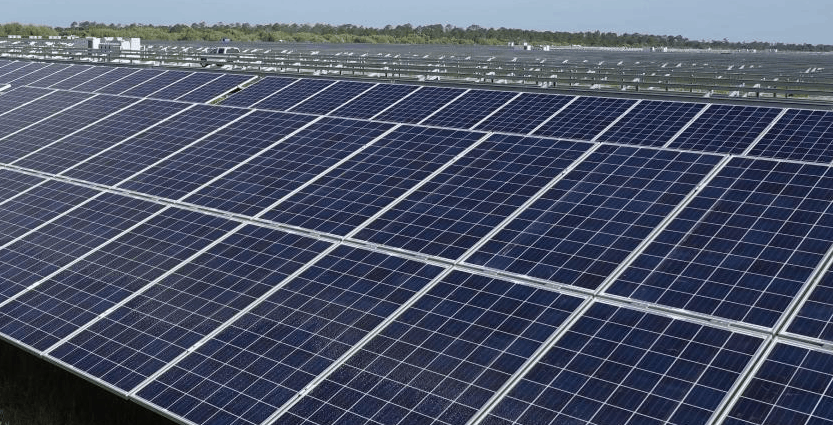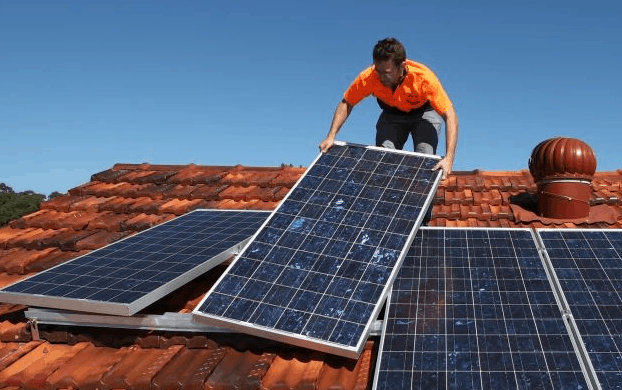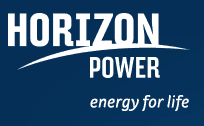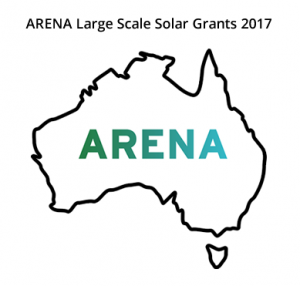Carnegie Clean Energy, whose solar, battery, wave and desalination microgrid plans have been the topic of much discussion since they was announced earlier this year, have commenced construction on their 2MW Perth solar PV / battery energy storage microgrid. Carnegie’s Garden Island Microgrid (GIMG) project will be the largest embedded, grid-connected solar and battery microgrid in Australia.
About the Garden Island Microgrid
According to Carnegie’s website, Carnegie Clean Energy Limited (formerly Carnegie Wave Energy) is an “Australian, ASX-listed (ASX: CCE) developer of utility scale solar, battery, wave and hybrid energy projects.” The website notes that Carnegie is the only company in the world which has a combination of wave, solar, wind, battery storage and desalination via microgrids.

Using microgrid technology means the project will be able to function independently from the main power grid, and using hybrid sources of energy generation along with storage means they won’t run out of energy if the sun doesn’t shine or the wind doesn’t blow. The system will have 3MW of solar PV panels and a 2MW battery energy storage system.
Carnegie’s chief exec Michael Ottaviano was quoted earlier this year (at an energy storage conference in Sydney) discussing stand alone power systems (microgrids) – after having installed over a dozen for both Western Power and Horizon Energy. “It is just a cheaper, cleaner more secure solution than the alternative,” Ottaviano said. “The cost of technology is coming down. What was an economic driver for remotes systems, is now true for the fringe of grid and on the main grid too.”
Energy Minister Josh Frydenberg and Defence Minister Marise Payne released a joint statement which lauded the work done by Carnegie: “The Government continues to support the work of Carnegie and we look forward to seeing how this project will inform Carnegie’s ability to provide energy security solutions at island locations in the future”.
Carnegie have inked supply agreements with the Department of Defense (in order to supply power and water (via the desalination plant) to HMAS Stirling – Australia’s biggest naval base in Perth, which is home to more than 2,300 service personnel.






